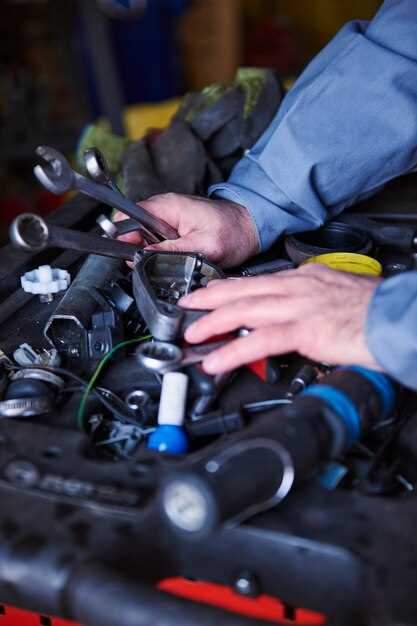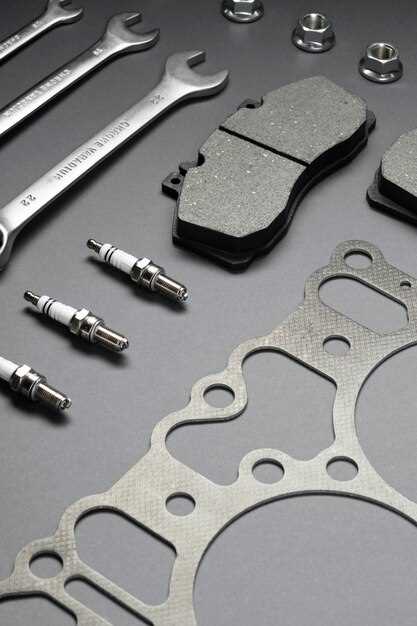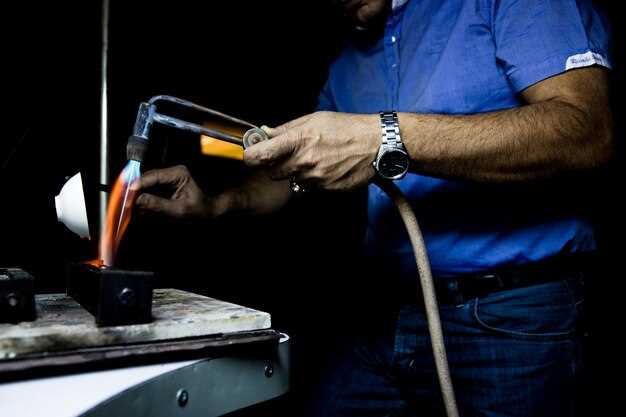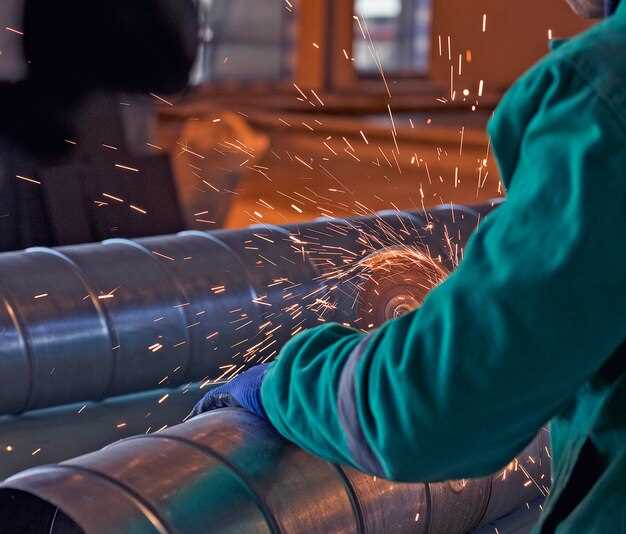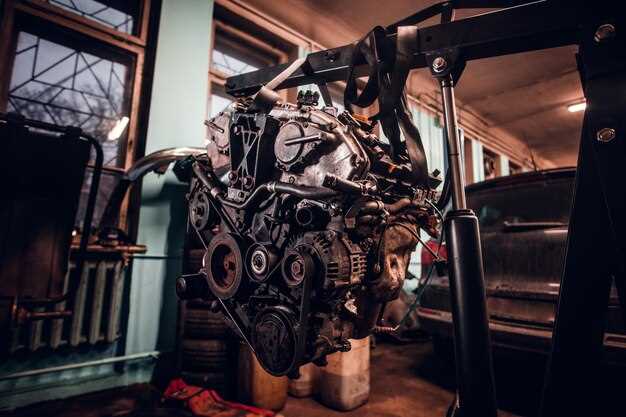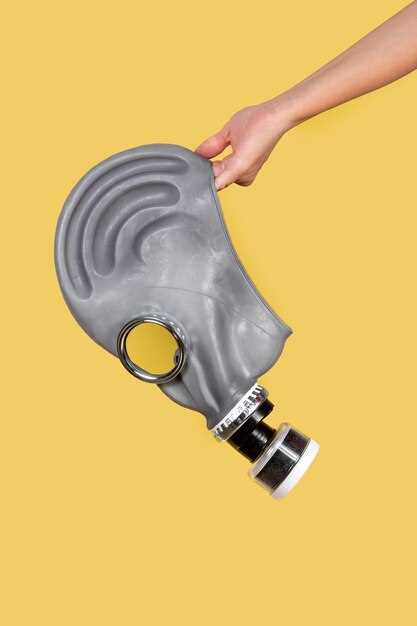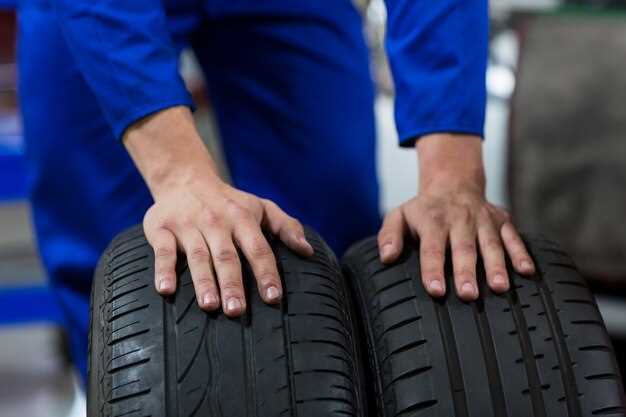
The temperature of a tire is a critical factor in determining its performance, safety, and longevity. Analyzing a tire’s temperature profile allows drivers, racing teams, and automotive engineers to assess how well a tire is functioning under different conditions. Understanding the temperature distribution across the tire can help identify issues such as uneven wear, excessive heat buildup, and potential blowouts.
By evaluating a tire’s temperature profile, one can gain insights into its operational efficiency and grip levels. Various factors, including driving style, road conditions, and tire inflation pressure, play a significant role in how heat is generated and dissipated in a tire. Therefore, knowing how to effectively measure and interpret tire temperatures is essential for anyone involved in motorsports, tire maintenance, or vehicle performance optimization.
This article will outline the important steps needed to accurately analyze a tire’s temperature profile, including the tools required for measuring tire temperatures, optimal techniques for data collection, and methods for interpreting the results. Whether you are a competitive racer or a casual driver, understanding tire temperature dynamics can lead to improved handling, better fuel efficiency, and enhanced safety on the road.
Understanding the Importance of Tire Temperature Measurements

Tire temperature measurements are crucial for ensuring optimal performance and safety in various driving scenarios. Tires operate under considerable stress, and their temperature can significantly impact traction, handling, and overall vehicle dynamics. Monitoring tire temperature helps in identifying potential issues such as uneven wear, incorrect inflation, and compromised construction.
One primary reason to analyze tire temperature is to maintain the ideal operating temperature range. Different tires are designed to perform optimally within specific temperature thresholds. When tires are too cold, they may not grip the road effectively, leading to decreased traction and longer stopping distances. Conversely, excessive heat can cause tires to overheat, resulting in poor handling characteristics and increased risk of blowouts.
Temperature measurements can also aid in tire pressure monitoring. As a tire heats up, the air within expands, leading to increased pressure. Monitoring the temperature allows drivers to adjust tire pressure appropriately, ensuring they remain within safe and effective limits. This proactive approach can enhance tire life and fuel efficiency, as correctly inflated tires reduce rolling resistance.
Furthermore, analyzing the temperature profile across different sections of a tire can reveal valuable insights into alignment issues or suspension problems. For instance, if a tire’s inner edge runs significantly hotter than the outer edge, it may indicate misalignment, which requires immediate attention to prevent further damage and ensure even tire wear.
In competitive racing environments, precise tire temperature management is paramount. Teams track tire temperatures to optimize performance strategies, deciding when to push the limits or when to conserve tire life. Such data can provide a competitive edge, allowing teams to make informed decisions based on real-time conditions.
In summary, tire temperature measurements are integral for maintaining safety, enhancing performance, and prolonging tire lifespan. Regular monitoring not only improves driving experience but also minimizes risks associated with tire failure, making it an essential practice for both everyday drivers and motorsport professionals alike.
Techniques for Accurate Temperature Data Collection
Accurate temperature data collection is crucial for analyzing a tire’s temperature profile effectively. Employing the right techniques ensures the reliability of the data, leading to better insights and decision-making. Below are essential methods and best practices for achieving accurate temperature readings.
-
Use High-Quality Sensors:
Select tire temperature sensors that are specifically designed for automotive applications. Look for sensors with high precision and rapid response times to capture real-time data.
-
Calibrate Sensors Regularly:
Ensure all sensors are calibrated according to manufacturer specifications. Regular calibration allows for consistent performance and minimizes measurement errors.
-
Multiple Sensor Placement:
Install multiple sensors at different locations on the tire, including the inner, middle, and outer tread areas. This helps to capture a comprehensive temperature profile and identify variations across the tire surface.
-
Data Logging:
Utilize data loggers to record temperature readings over time. This enables the assessment of how tire temperatures change during different driving conditions and allows for a historical analysis of performance.
-
Real-Time Monitoring:
Implement systems that allow real-time temperature monitoring. This can help in making immediate adjustments to tire pressure or driving habits to optimize performance.
-
Environmental Considerations:
Account for environmental factors that may affect readings, such as ambient temperature and humidity. Conduct tests under controlled conditions to ensure data accuracy.
-
Test Under Various Conditions:
Collect data during different operational scenarios–varying speeds, loads, and road surfaces. This comprehensive approach offers insights into how different conditions impact tire temperatures.
-
Data Analysis Tools:
Use software tools to analyze temperature data effectively. Visualization tools can help identify trends and anomalies in the collected data, making it easier to draw conclusions.
By implementing these techniques, you can enhance the accuracy of your temperature data collection, leading to a deeper understanding of tire performance and longevity.
Interpreting Tire Temperature Variations for Performance Insights
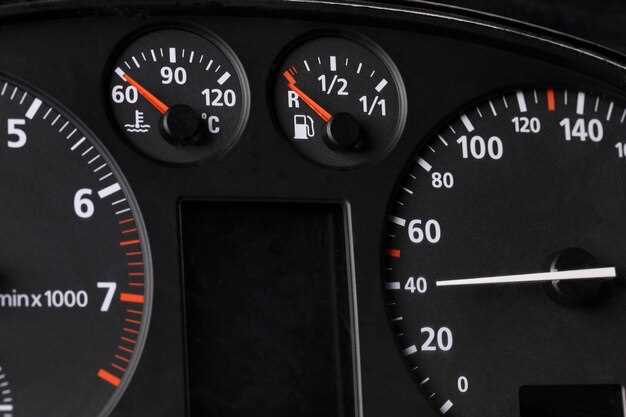
Tire temperature variations provide critical insights into vehicle performance, influencing grip, tire wear, and overall handling dynamics. Understanding the temperature profile of a tire is essential for optimizing track performance and vehicle setup.
During a track session, measuring tire temperatures at three key zones–inner, middle, and outer–is standard practice. The ideal temperature range for most performance tires lies between 180°F and 220°F. Analyzing the differences between these zones helps identify if a tire is overheating or underheating, which directly correlates to the tire’s contact patch with the road surface.
If the inner part of the tire is significantly cooler than the outer section, this indicates excessive camber or insufficient tire pressure. This scenario suggests that the tire is not making optimal contact with the track surface, which can lead to reduced grip and increased tire wear. Conversely, if the outer section is much hotter, it suggests the tire is overheating, possibly from too much steering input or too little camber.
Middle temperature readings usually serve as a baseline. A balanced temperature across all three zones indicates that the tire is working effectively, providing adequate grip while sustaining even wear. However, large disparities in readings might signal the need for adjustments in suspension, alignment, or tire pressure configurations.
In addition to static measurements, understanding how tire temperatures change during a session can offer significant insights. Rapid increases in temperature may indicate aggressive driving styles or the need for cooling periods, while slow warming can suggest cautious or conservative driving. Monitoring these trends helps drivers adapt their strategies to maximize performance.
Ultimately, interpreting tire temperature variations is crucial for fine-tuning car setup, enhancing driver skills, and achieving optimal performance on the track. Through meticulous analysis, drivers can gain a deeper understanding of how their car interacts with the tires, leading to improved lap times and a more enjoyable driving experience.














